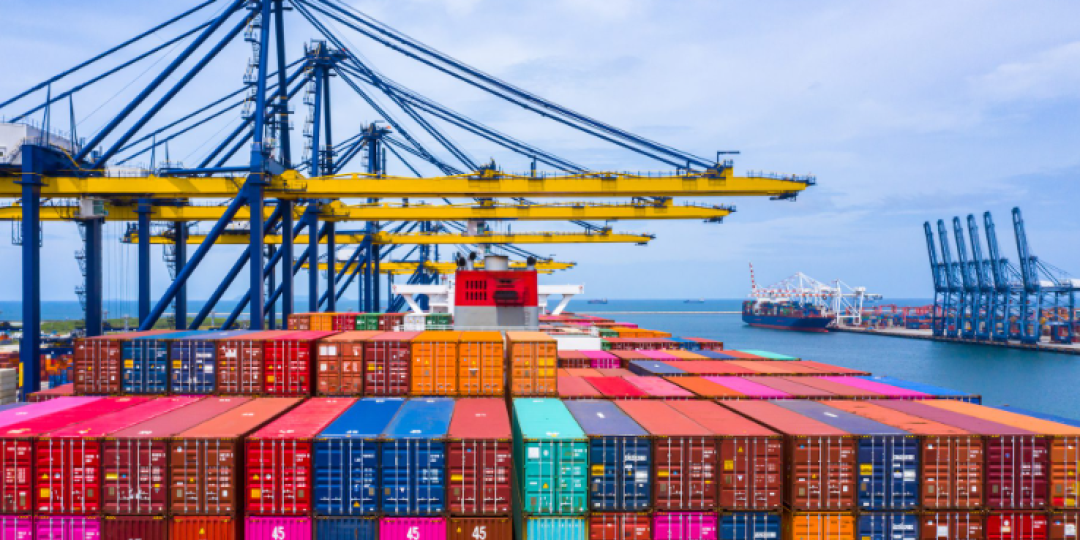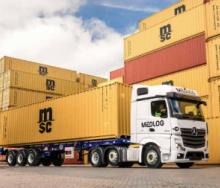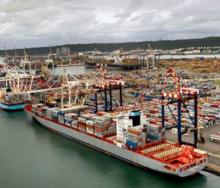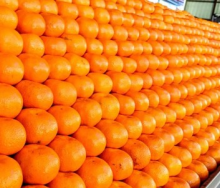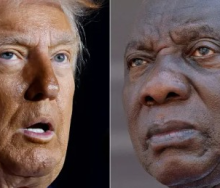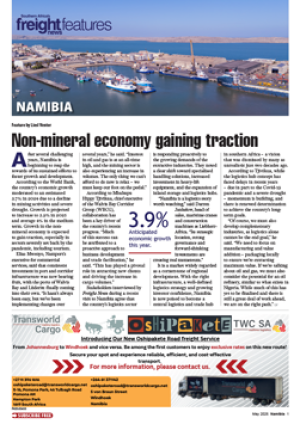Given consistent monthly drops in container demand, June looks set to continue the trend, which is mystifying the sector, with some calling it a collapse.
According to the latest Xeneta Shipping Index (XSI) report, rates are down by 42% year-on-year (y-o-y), the analytics platform has found.
May marks the ninth consecutive month of dropping rates. Long-term rates fell 27.5% last month alone, prompting Xeneta CEO Patrik Berglund to say that "collapse" was the only appropriate descriptive word.
"This is the largest drop we've ever experienced on the XSI, which charts real-time global rate developments, and it paints a bleak picture of the state of the industry," he told The Loadstar.
"The main driver is that May marks the point when 12-month contracts in the US come to a conclusion and new agreements come into force. These reflect the reality of today's subdued markets, so are priced much, much lower than their predecessors. The impact of that on the wider industry is there for all to see."
Israeli line Zim is back in the red this month with a loss of $58 million, while French carrier CMA CGM reported a 64% drop in pre-tax earnings recently.
Supply chain platform FourKites is reporting congestion in Chinese ports, the main contributing factor in last year's sky-high charter rates, is down 62% y-o-y, as of Friday last week.
Glenn Koepke, the general manager of network collaboration at FourKites, predicted that volumes would pick up in the third quarter and Q4 but, at this pace, will be lower than in 2022.
He said it should equate to an easing of delays and available capacity heading into peak trade seasons. FourKites also anticipates more re-shoring from China, introducing new dynamics into the industry.
"China will always be a dominant player in global trade – however, we have seen many shippers look to Southeast Asia, India, and Latin America as alternatives, while still keeping Chinese suppliers for the local market," Koepke said.
The 'normalising' of port congestion can hardly account for the dropping rates. However, Evergreen president Eric Hsieh seemed to attribute far greater importance to the Russia-Ukraine war.
He said that if the war ends, the Taiwanese line expects cargo volume in the second half of the year will be better than in H1.
“Freight rates depend on supply and demand," he said.
Data aggregator Alphaliner says that on the cargo front, depressed rates and volumes on many key routes continue to dominate the liner trade. Carriers are one after another, announcing fast-deteriorating financial results for the first few months of the year, with at least two seeing the return of red figures. Financial prospects for the rest of the year remain highly uncertain for most carriers. SOURCE: The Loadstar
